Dave’s Pet Food Restricted Diet Magnesium & Phosphorus Grain-Free Pork Recipe Canned Cat Food By Dave’s Pet Food
Help keep your kitty healthy with every bowl of Dave’s Pet Food Restricted Diet Magnesium & Phosphorus Grain-Free Pork Recipe Canned Cat Food. Specially formulated to help support urinary health, it’s made with low levels of magnesium and phosphorus without skimping on flavor and nutrition.
Help keep your kitty healthy with every bowl of Dave’s Pet Food Restricted Diet Magnesium & Phosphorus Grain-Free Pork Recipe Canned Cat Food. Specially formulated to help support urinary health, it’s made with low levels of magnesium and phosphorus without skimping on flavor and nutrition. With pork broth and pork as the first ingredients in a savory sauce, your pal is sure to lick his whiskers with every tasty bite. Plus, with no grain or carrageenan, even sensitive kitties can enjoy it, too!
Key Benefits
- Helps support optimum urinary health and minimize bladder stones with low levels of magnesium and phosphorus.
- With natural pork broth and pork as the first ingredients for the protein and flavor your pal craves; pork is an alternate protein source great for cats with sensitivities.
- Great for kitties with urinary tract conditions or inflammation, and is made with zero grain or carrageenan to help prevent food allergies.
- Controlled levels of magnesium, calcium, phosphorus, and oxalate help prevent and decrease bladder stones and painful inflammation.
- Enhanced with added vitamins, minerals, antioxidants and essential taurine to support overall well-being.
Additional information
| PACKAGING TYPE | Can |
|---|---|
| FOOD TEXTURE | Pate |
| LIFESTAGE | Adult |
| SPECIAL DIET | Grain-Free |


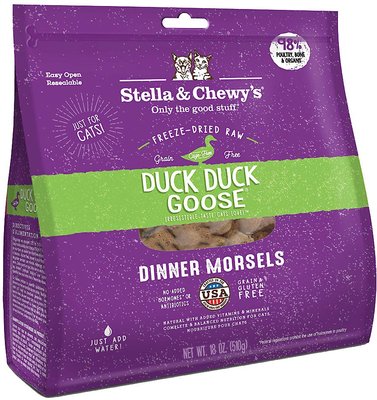
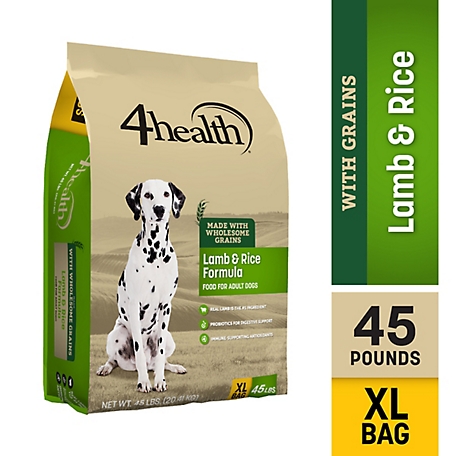
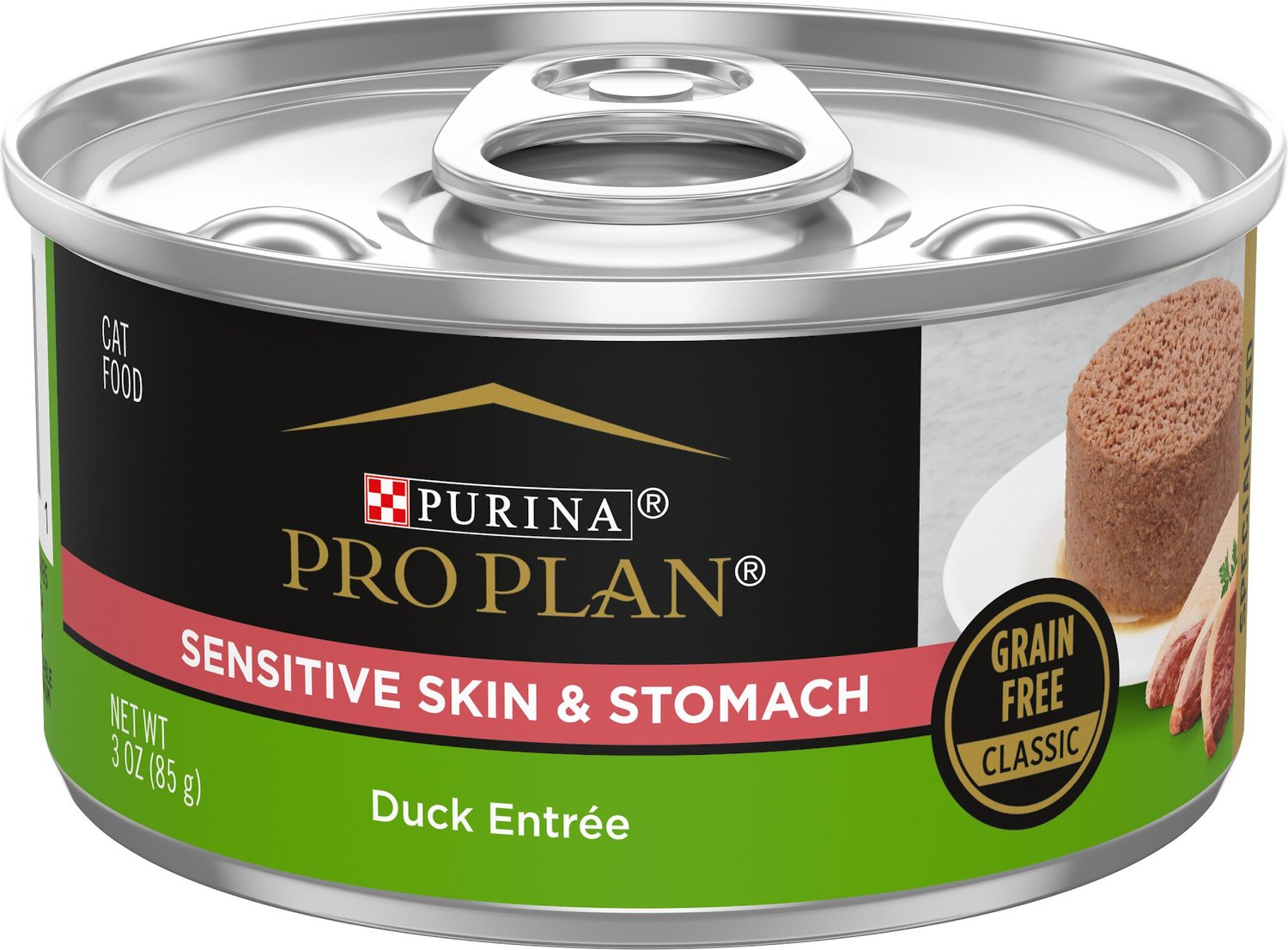
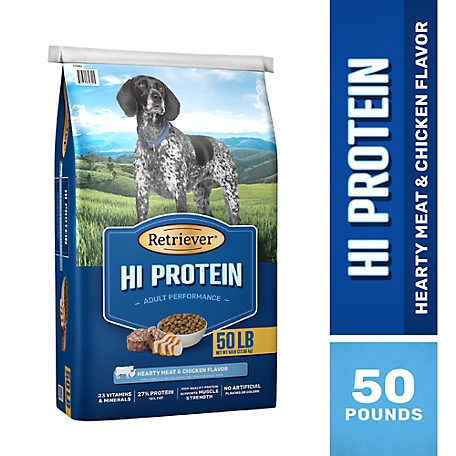
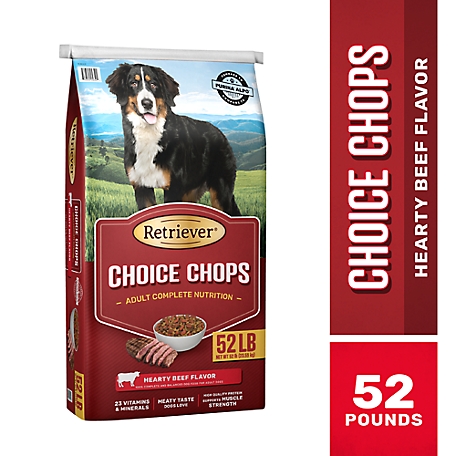



by Carol
Our cats have crystals in their urine and the vet prescribed Hill’s science food which they did not like the taste. I had to mix in 2 portions of other wet food for them to finish it. They don’t have a problem with this restricted diet and love the taste. I will purchase this again.
by Emma
The pet food industry is just killing our cats’ kidneys. This is the better choice of the two kidney formulas Dave’s offers. It has higher protein, which cats unfortunately can’t do without. I’ve done months of research for my love-cat with Stage 2 kidney disease. To the person who said ‘not approved by my vet, and the can says intermittent feeding only:’ yeah… that’s because it does not meet the (too high) industry standards. They are obliged to then print that on the can. Cats need protein, but phosphorus is generally reflected in protein levels (tuna seems to be one of a few exceptions), and phosphorus (according to the current consensus) is the culprit in kidney disease in cats. But a cat on a restricted protein diet will eventually suffer too. So you are trying to lower the phosphorus without lowering the protein too severely. You are buying time. Minimizing the kidney damage, before there is damage from low protein. More info on this available from Dr. L. Pierson, who amazingly compiled a comprehensive list of all wet cat foods and their protein and phosphorus levels. Also, my cat likes this stuff.
by Laily
This food is a lifesaver! My sweet boy has not had anymore urinary tract problems all thanks to this food! I’m a customer for life!
by Kristen
One of my cats had struvites which dissolved but im keeping him on non-rx urinary support food to prevent another occurrence. This food has healthy ingredients and supports urinary. I sometimes give this to my other cat that doesn’t need a special diet and he likes it too. Both cats enjoy the flavor.
by Louis
My cat is in the early stages of kidney disease and I wanted to start her on a therapy food right away. All the prescription diets she wouldn’t eat. This one she tolerates well. It’s slow going but she will eat it. It’s been only a month, got her blood checked yesterday and all her numbers improved, so I’m extremely happy with this food.
by Noah
Worked great in terms of kidney values, my old kitty liked it. She started to fall out of love with it but I think it is just her being finicky. If your cat will eat it, then all the better- no RX needed. I should have thought to add some bone broth to it. When I did add the “juice” from Fancy Feast or a Frisky’s can, trust me she would eat it. I think it was a little thick fo her senior tongue, so definitely loosening it up would be a suggestion using some yummy fluids. It’s a great food nonetheless.